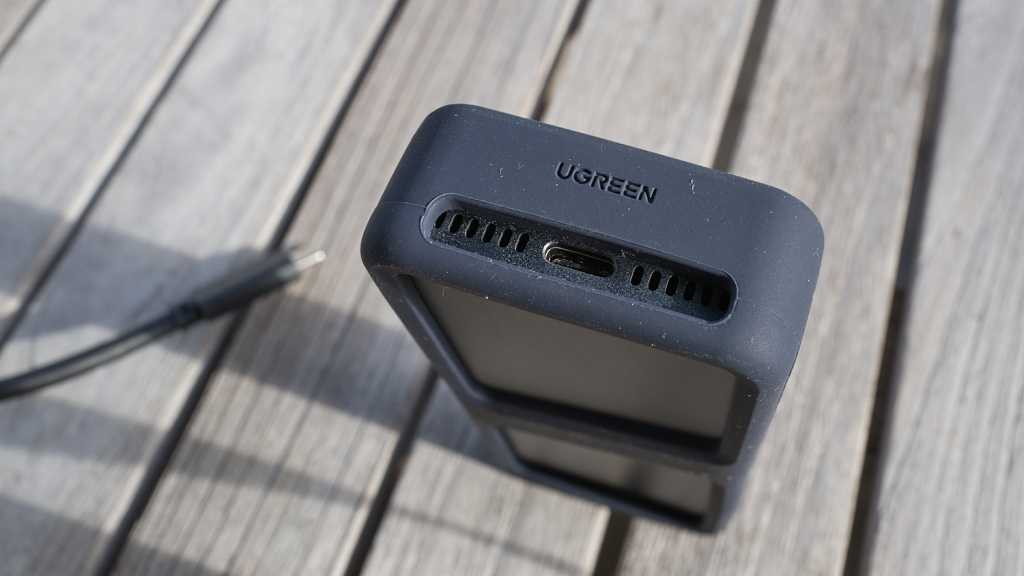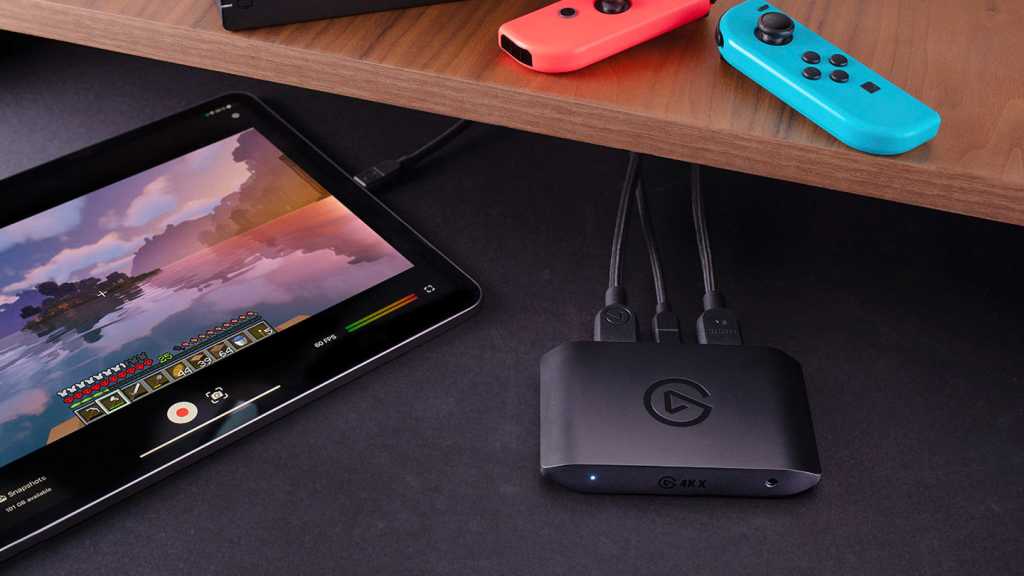Choosing the right high-speed external storage protocol can be confusing with so many options available. This article breaks down the key differences between USB and Thunderbolt, highlighting their strengths and weaknesses to help you make the best decision for your needs.
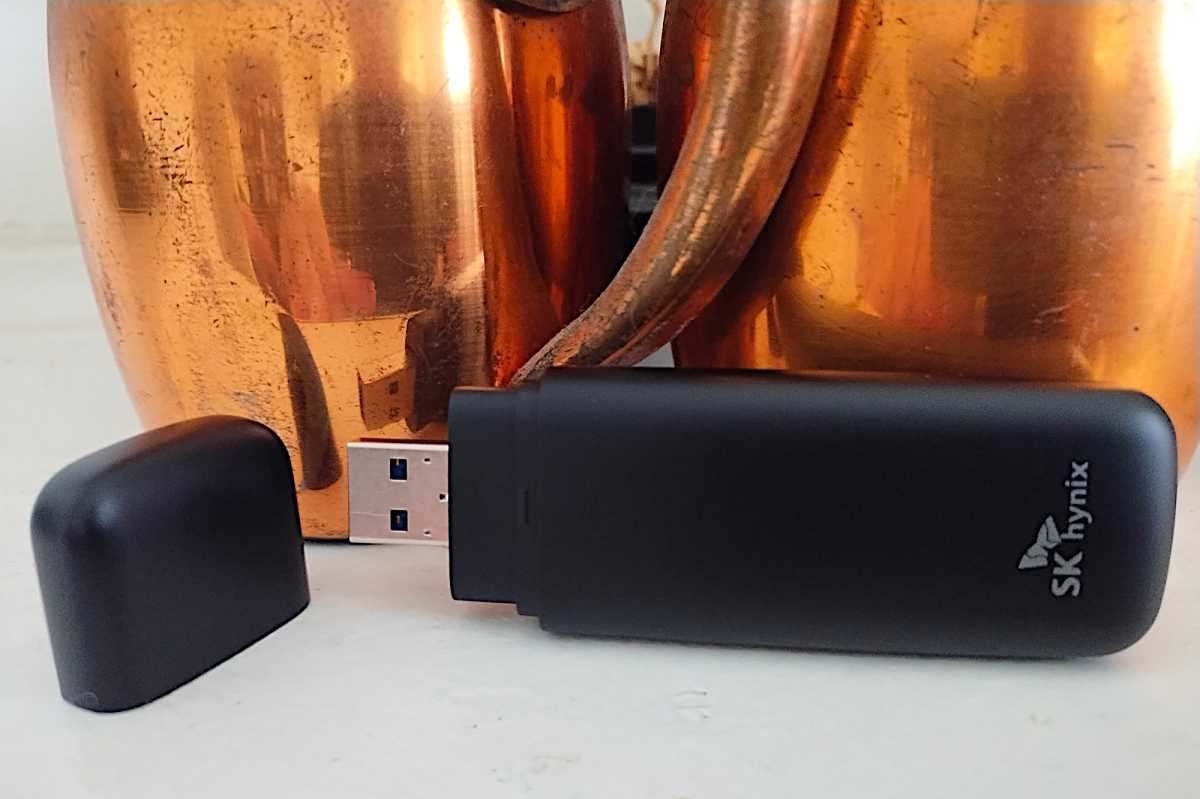 SK Hynix Tube T31 SSD
SK Hynix Tube T31 SSD
10Gbps USB (USB 3.2 Gen 2)
While 10Gbps (or 1GBps) might seem modest in today’s world of high-speed data transfer, it’s still sufficient for many users, especially when dealing with smaller files. This option provides a good balance between speed and cost-effectiveness. For general-purpose storage where capacity is prioritized over peak performance, 10Gbps USB (or even 5Gbps USB 3.2 Gen 1 for less demanding tasks) remains a viable choice.
20Gbps USB (USB 3.2 Gen 2×2)
20Gbps USB offers faster speeds but requires a dedicated USB 3.2 Gen 2×2 port, which isn’t as common as standard USB ports. It will operate at reduced speeds (10Gbps or 5Gbps) on regular USB ports. Another drawback is its limited compatibility with Thunderbolt 3 and 4 ports, often defaulting to 10Gbps speeds instead of the full 20Gbps.
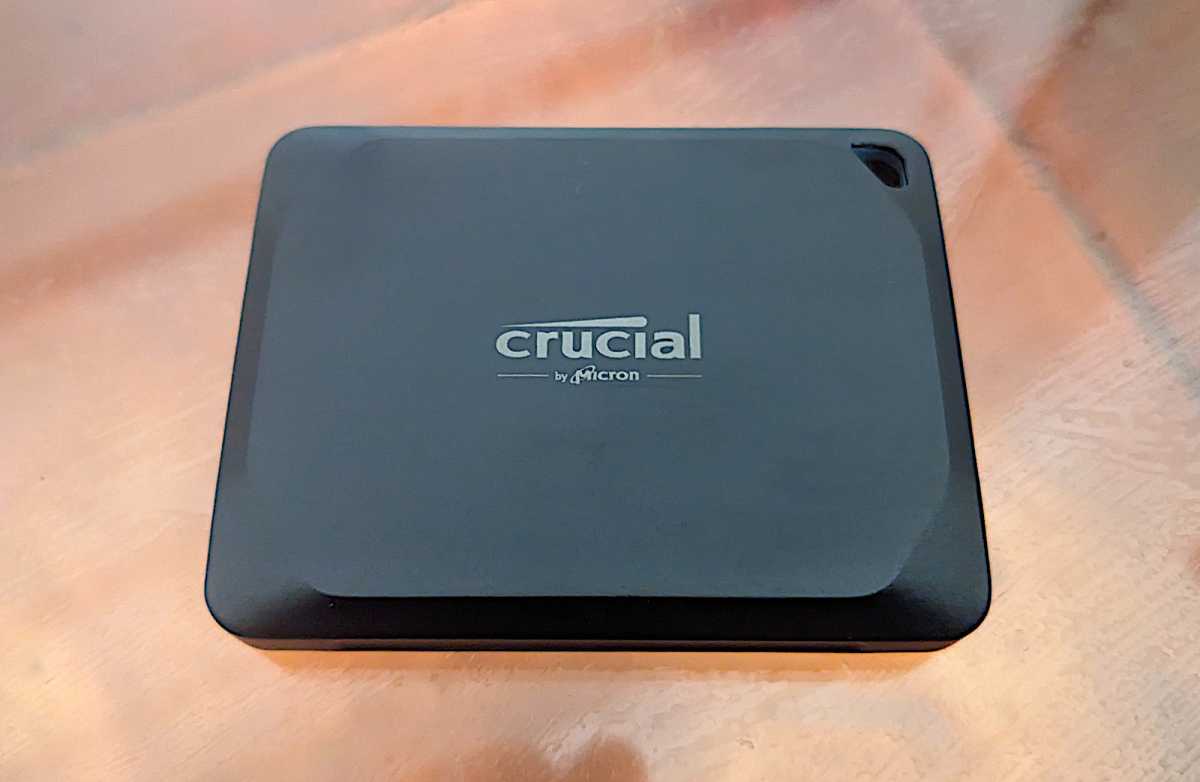 Crucial X10 Pro
Crucial X10 Pro
Despite these limitations, 20Gbps USB SSDs offer a sweet spot in terms of performance, power consumption, and heat generation, making them a compelling alternative to 40Gbps solutions.
Thunderbolt: A Legacy of Speed
Thunderbolt has long been the preferred high-speed interface for Macs, but its adoption on Windows PCs has been slower due to higher implementation costs. Let’s examine the different Thunderbolt versions:
-
Thunderbolt 1/2: These older versions (10Gbps and 20Gbps respectively) are now primarily found on legacy hardware. While adapters exist for connecting newer Thunderbolt peripherals, upgrading to a more modern Thunderbolt version or computer is recommended.
-
Thunderbolt 3: This version introduced the Type-C connector and doubled the bandwidth to 40Gbps. It supports USB tunneling, allowing USB devices to be connected to Thunderbolt ports. Thunderbolt 3 offers real-world transfer speeds around 3GBps and is becoming increasingly affordable.
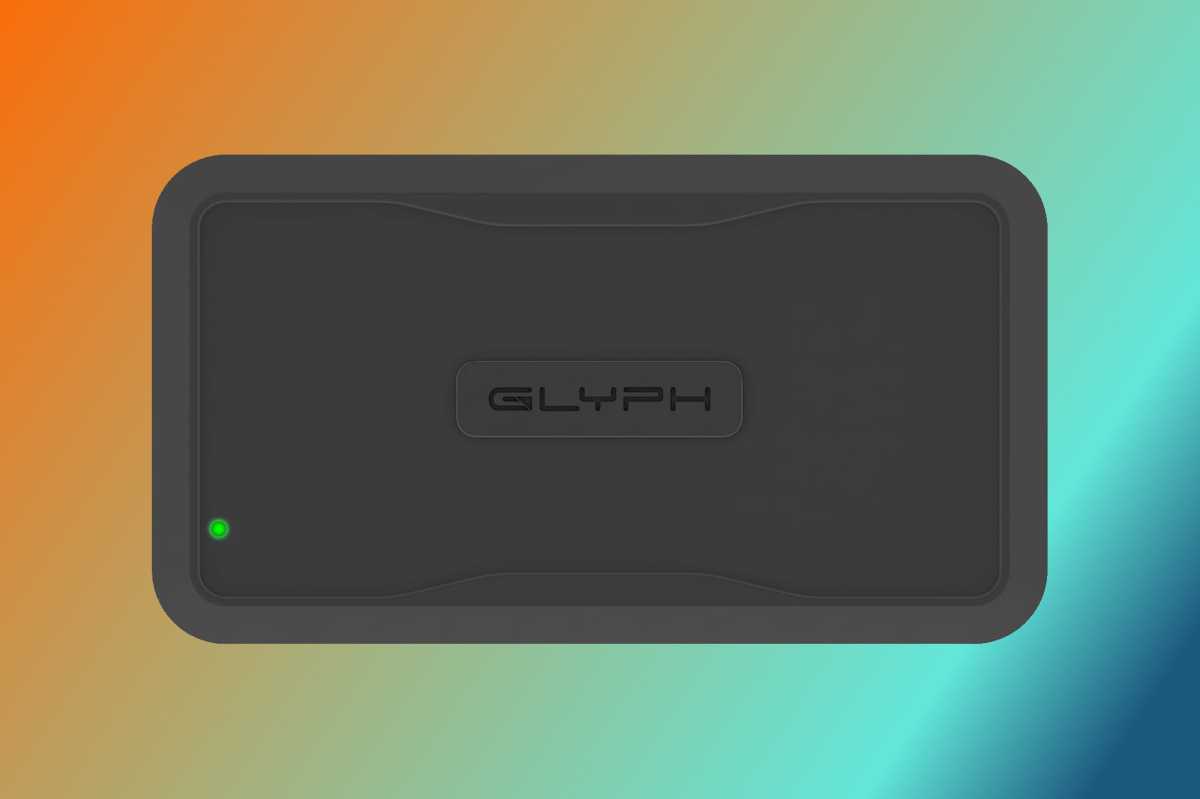 Glyph Atom Pro SSD
Glyph Atom Pro SSD
-
Thunderbolt 4: This iteration focuses on standardization and ensuring consistent implementation of all Thunderbolt 3 features. It maintains the 40Gbps bandwidth.
-
Thunderbolt 5: This latest version doubles the storage bandwidth to 80Gbps and increases power delivery to 240W, ideal for power-hungry devices like RAID enclosures. While impressive on paper, real-world performance gains for large file transfers haven’t been dramatically different from Thunderbolt 4. Also, it doesn’t significantly impact random access performance.
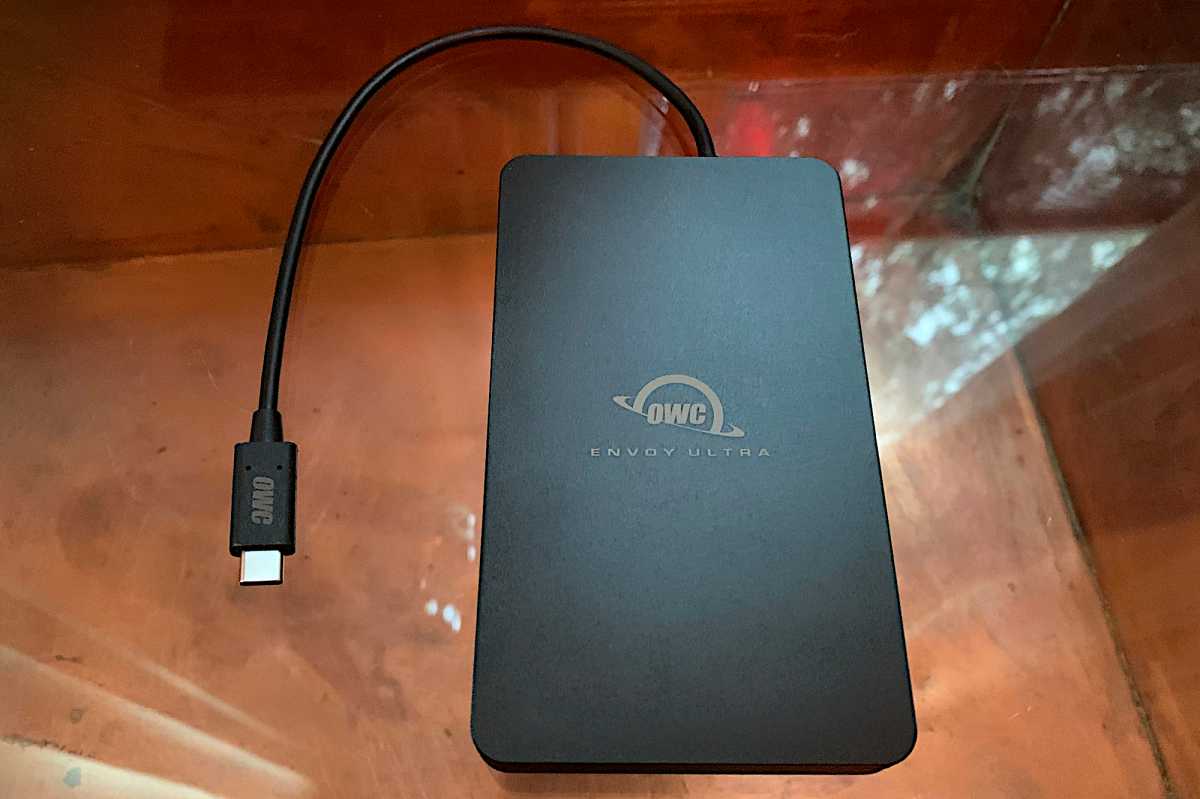 OWC Envoy Ultra Thunderbolt 5
OWC Envoy Ultra Thunderbolt 5
USB4: The Versatile Contender
USB4, essentially a version of Thunderbolt 4 donated by Intel to the USB Implementers Forum, combines speed with broad compatibility. It offers speeds up to 40Gbps and works with older USB ports, albeit at reduced speeds. Crucially, USB4 devices are compatible with Thunderbolt 3/4/5 ports, offering flexibility and performance.
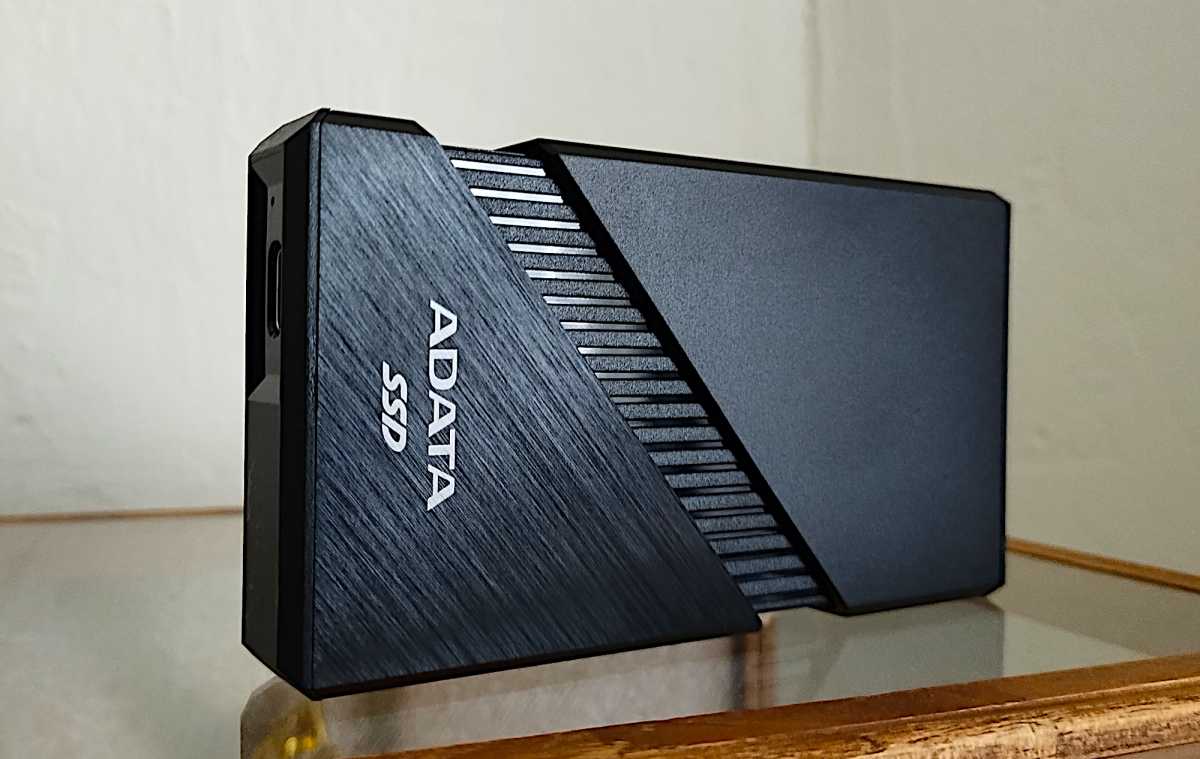 Adata SE920 USB4 SSD
Adata SE920 USB4 SSD
Furthermore, USB4 devices generally come at a lower price point than comparable Thunderbolt options, making them a very attractive proposition. An 80Gbps USB4 2.0 version is in development but not yet available.
The Verdict: USB4 Takes the Crown
Considering its speed, compatibility, and affordability, USB4 emerges as the winner for most users. Unless you require absolute top-tier performance and have the hardware and software to leverage it (making Thunderbolt 5 a consideration), or you’re on a tight budget and prioritize capacity over speed (making 5/10Gbps USB viable), USB4 offers the best overall package.
For more in-depth information on external storage solutions, check out our guide on the [Best external drives](Further reading: Best external drives) – Please replace this placeholder with the actual link to your “Best external drives” article.



